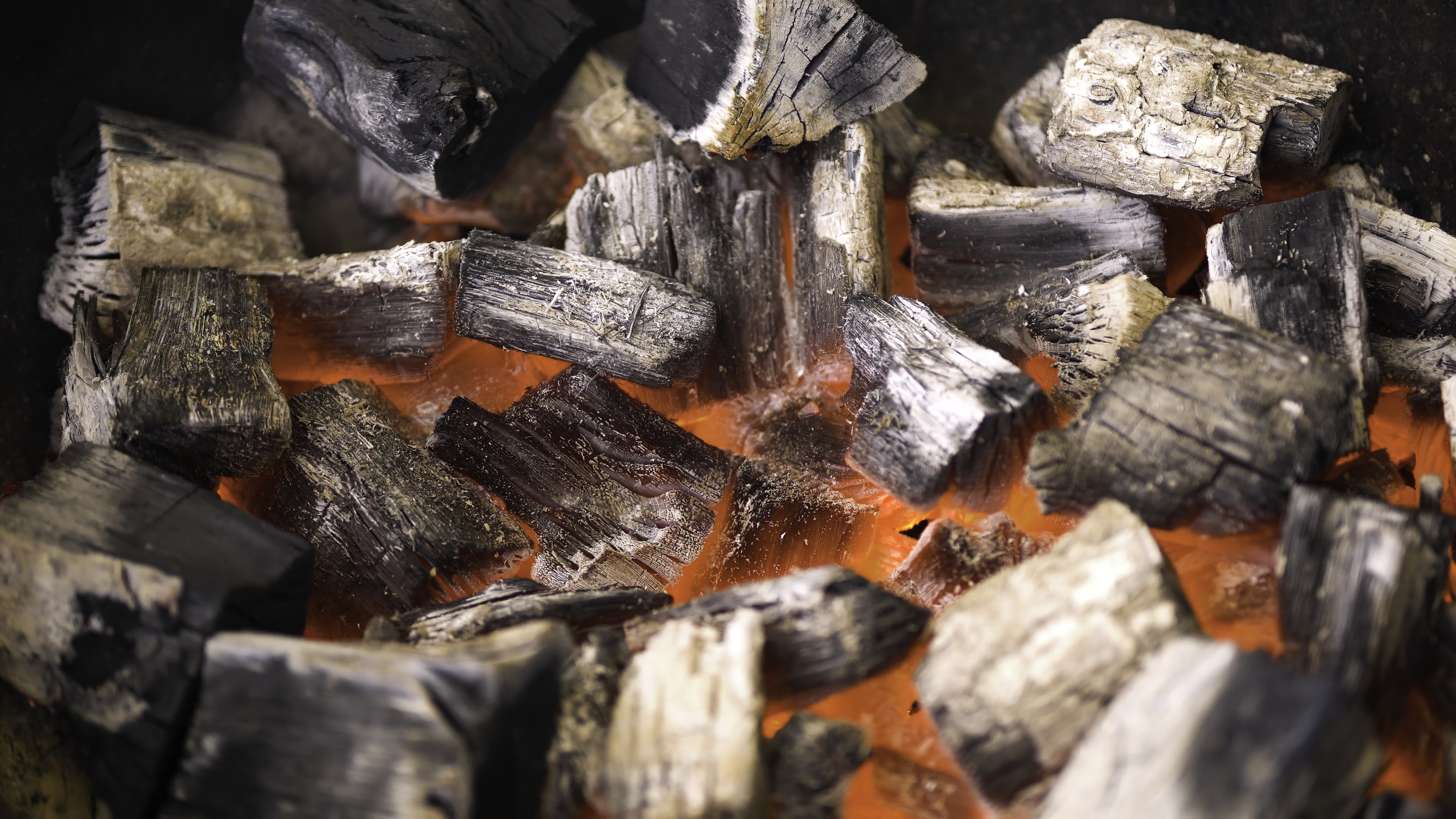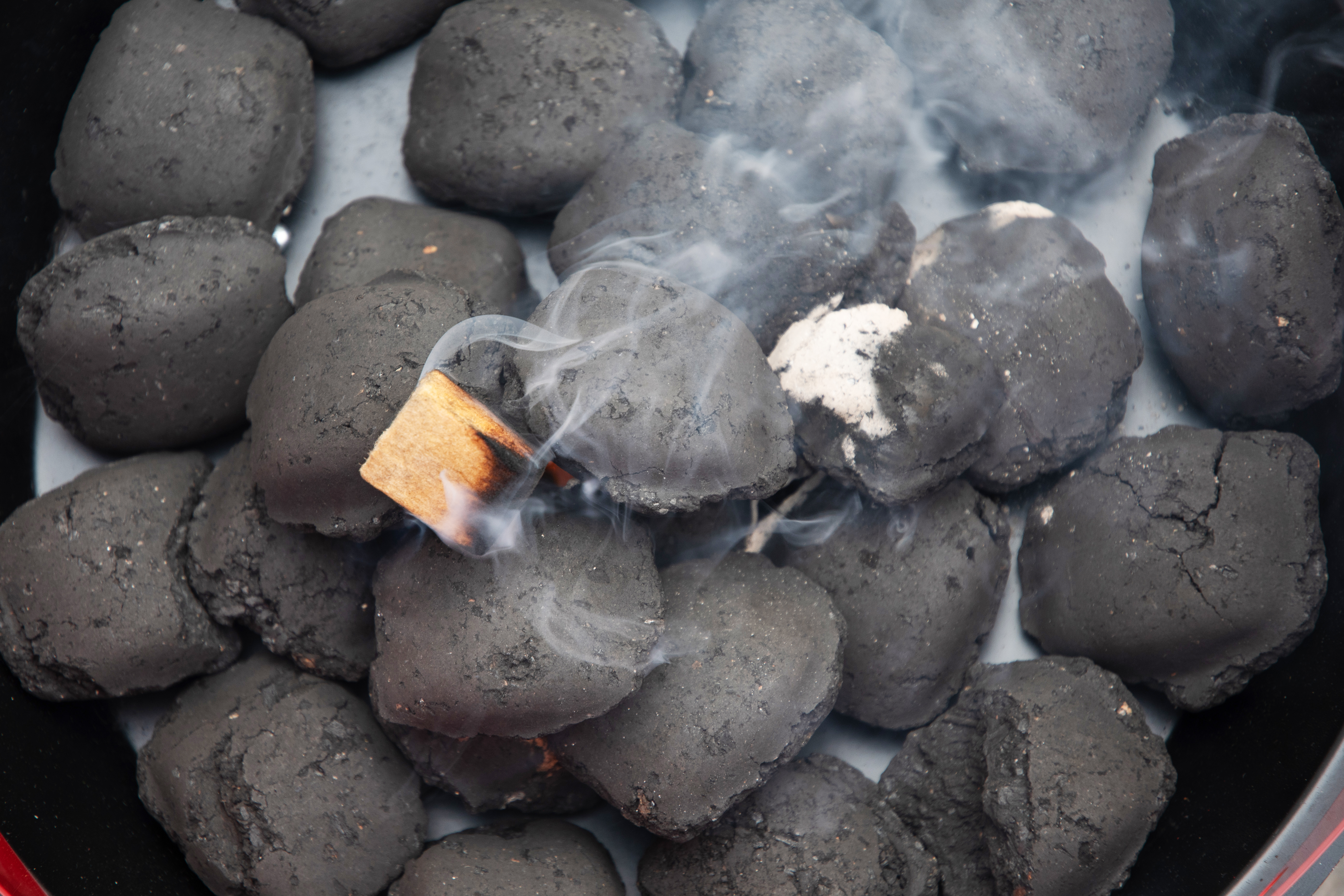Our Branches

The Truth About Charcoal: What You Didn’t Know You Were Burning
When most people think about charcoal, they picture black chunks in a bag, maybe a smoky grill, and the unmistakable smell of summer cooking. But behind that bag of charcoal is a whole story — of what it’s made from, how it’s produced, and why not all charcoal is created equal.
At GMSY Supplies, we import and distribute premium-grade charcoal across Canada, and every week we hear the same questions:
“What’s the best kind?”
“Is it natural?”
“Does it matter what kind I use?”
Let’s answer those — with a few surprising facts and real visuals to guide the way.
🌳 What Is Charcoal, Really?
At its core, charcoal is just wood that's been burned without oxygen. This process, called pyrolysis, removes moisture, sap, and volatile compounds from the wood — leaving behind nearly pure carbon that burns hot and clean.
There are two main kinds used for grilling:
1. Lump Charcoal

Lump charcoal is made from chunks of real hardwood, burned down to their core. It’s 100% natural, burns hot and fast, and gives you that wood-fired flavor people chase after.
2. Briquettes
 Briquettes are manufactured from sawdust, fillers (like starch), and binders. They burn longer and more evenly, but they don’t get quite as hot and sometimes produce more ash.
Briquettes are manufactured from sawdust, fillers (like starch), and binders. They burn longer and more evenly, but they don’t get quite as hot and sometimes produce more ash.
🔥 So, Which One Is Better?
Honestly, it depends on what you're cooking and how you’re cooking it:
| Use Case | Best Choice |
|---|---|
| Searing steaks | Lump charcoal |
| Smoking brisket | Briquettes |
| Quick weeknight grill | Lump |
| Slow-roasted chicken | Briquettes |
| Cooking over fire pit | Either (but lump adds more flavor) |
"It’s not about which is better — it’s about what works for your fire, your food, and your flavor."
🌱 Not All Charcoal Is Clean
One of the things most people never realize? Some cheap charcoal contains chemicals or softwood fillers that can taint the flavor of your food — or worse, release toxins when burned.
That’s why GMSY only imports responsibly sourced, hardwood-based charcoal. We work with producers who use reclaimed or sustainably harvested wood and never cut corners on purity.
💡 A Few Tips for Getting the Most Out of Your Charcoal
-
Use a chimney starter – no lighter fluid, ever.
-
Let your coals ash over before cooking.
-
Store in a dry bin to prevent moisture absorption.
-
Reuse partially burned lumps if they’re still solid.
-
Try a mix – lump for heat, briquettes for stability.
🔚 Final Thought
Charcoal is one of those things people rarely think twice about — until they learn how much of a difference it makes. The truth is, better charcoal means better food, more control, and a more enjoyable experience around the fire.
So next time you pick up a bag, ask yourself:
Where did it come from? What’s in it? And is it worthy of what you’re about to cook?
At GMSY Supplies, we believe fire deserves the best fuel — and that starts with knowing what you're burning.





